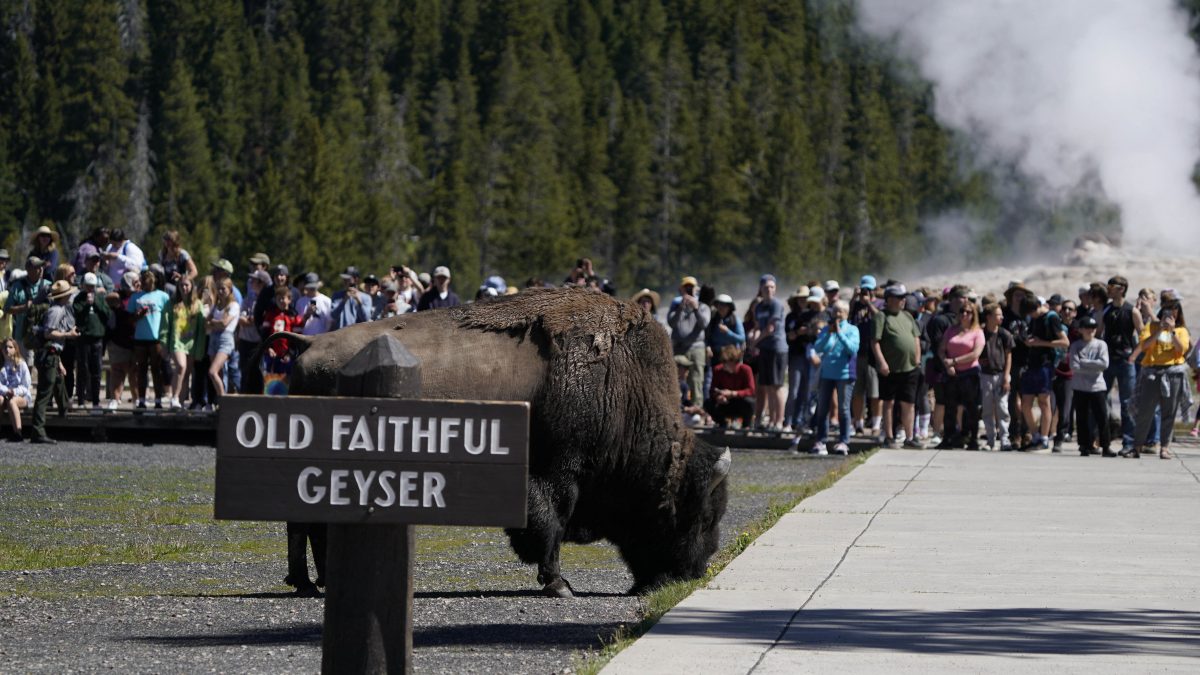In a major shake-up set to begin on January 1, 2026, the US National Park Service (NPS) announced sweeping changes to entry fees—hiking costs for foreign tourists while preserving lower rates for US residents.
Under the new “America-first” pricing plan, US residents will still pay just US $80 for the annual “America the Beautiful Pass.” But non-residents will face a much steeper fee: US $250 for the same pass.
For those visiting 11 of the most popular national parks—such as Yellowstone National Park, Grand Canyon National Park and Yosemite National Park—the new rules add an extra surcharge of US $100 per person, unless they hold the pricier annual pass.
“The goal is simple: ensure US taxpayers—who already support the National Park System—continue to enjoy affordable access, while international visitors contribute their fair share,” said Doug Burgum, Secretary of the US Department of the Interior.
As part of the reform, the NPS will also launch fully digital passes, a modernisation move officials say will make it easier and faster to enter parks. The changes will also add expanded motorcycle coverage under one pass.
But not everyone is on board. Critics warn the shift could discourage international tourism and hurt local economies that depend on foreign visitors. “There’s a lot to unpack in this announcement, including many questions on its implementation,” cautioned National Parks Conservation Association (NPCA) spokesperson Kati Schmidt.
International travellers have already begun expressing concern. “Trip cost just went through the roof,” one prospective visitor wrote in a an X post reacting to the new rules. “It could seriously change the way people decide whether to visit.”
Quick Reads
View AllSupporters of the policy argue the added revenue will be used to maintain park facilities, improve services, and support long-term conservation efforts. But as the changes approach, the debate continues over balancing affordability for Americans with accessibility for the world.
)